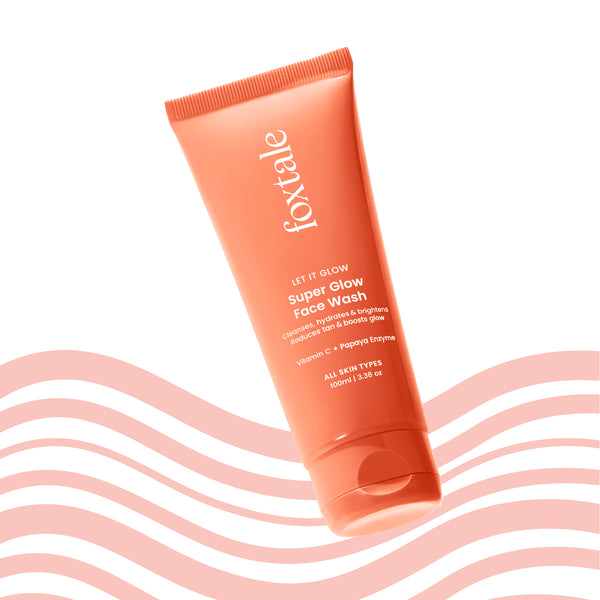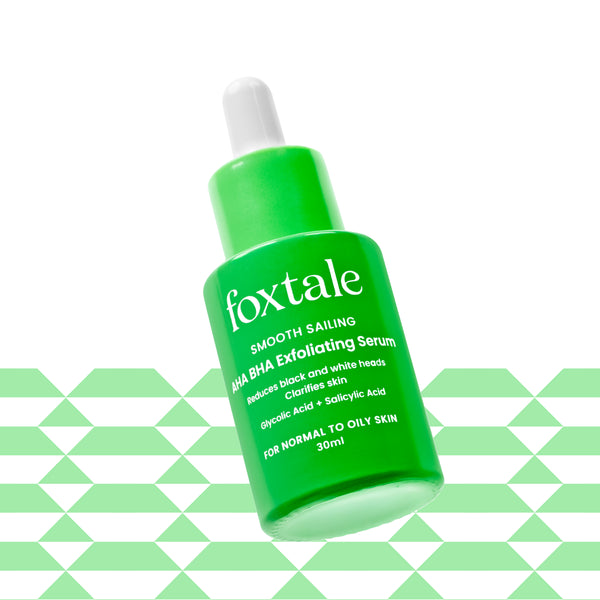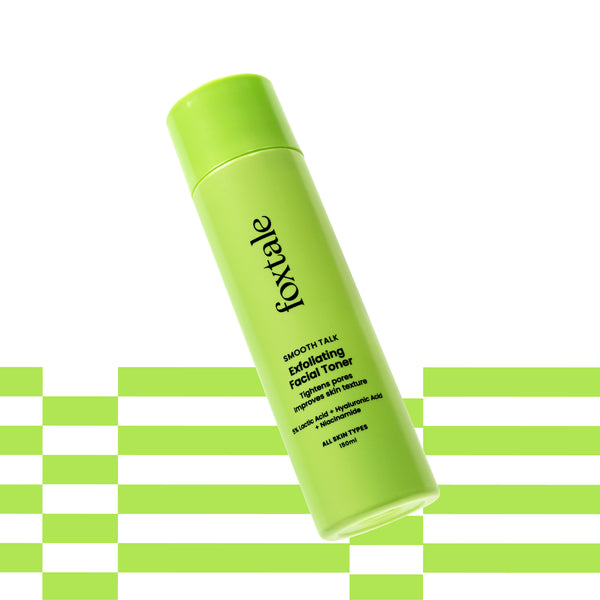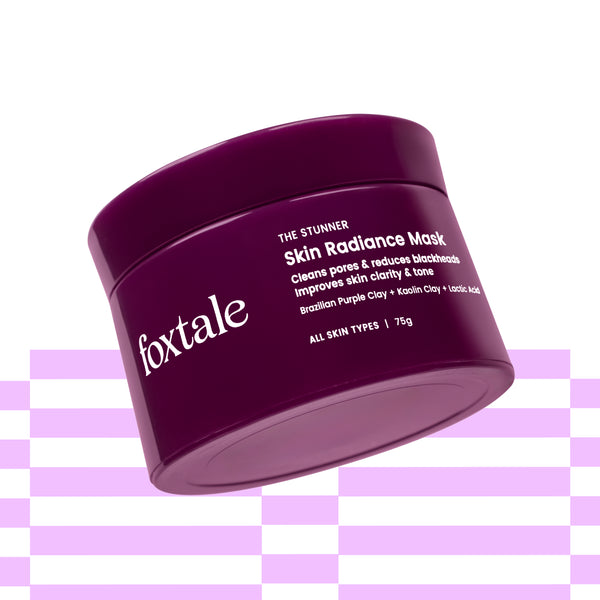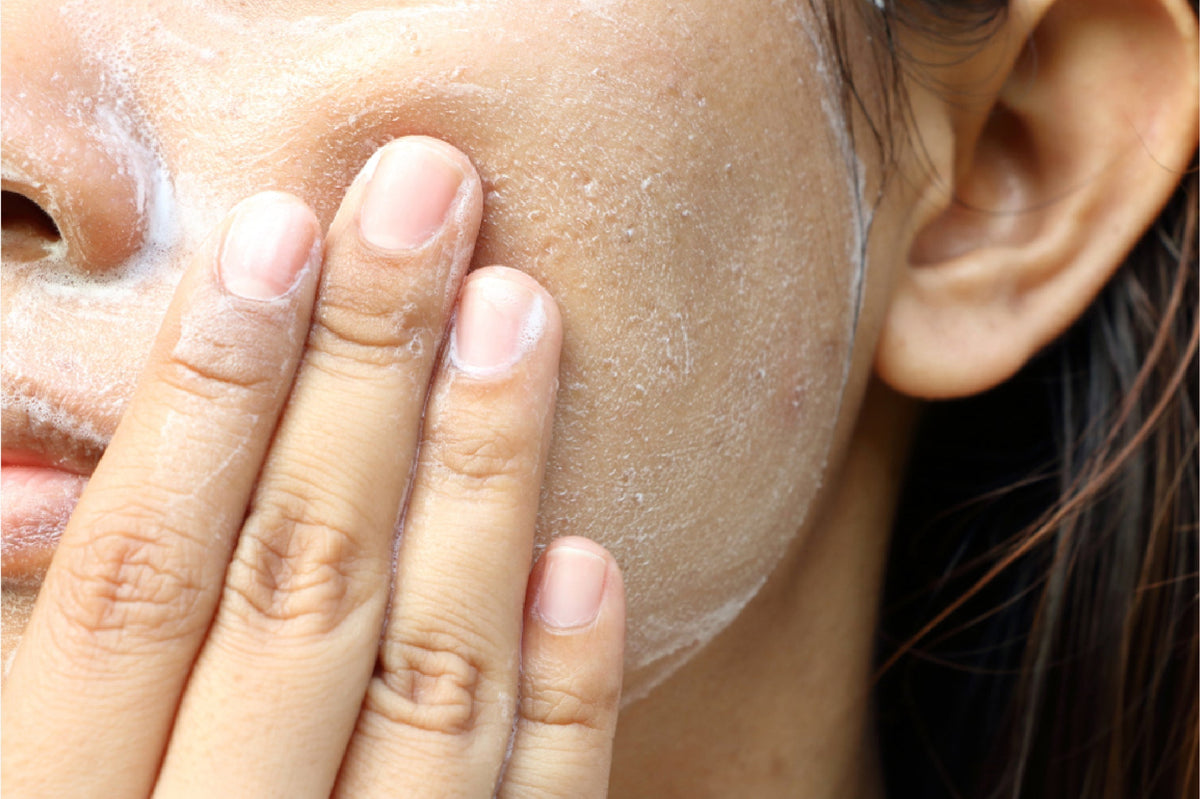
High humidity during the monsoon often triggers excess oil production, congestion in the pores, and a tired, lackluster look. This is where exfoliation plays a key role in your skincare routine. Alongside proper hydration and cleansing, gentle but consistent exfoliation helps keep the skin clear, smooth, and comfortable, even when the weather is unpredictable. Here’s a closer look at why it’s important, how to approach it effectively, and which methods suit different skin types.
Why Exfoliation is Crucial During the Monsoon
1. Removes Dead Skin Cells
When humidity is high, your skin tends to produce more sweat and oil, causing dead cells to linger on the surface. Regular exfoliation clears away this buildup, allowing healthier, smoother skin to emerge. Skip this step, and your complexion can quickly look tired and uneven, no matter how consistent you are with cleansing or moisturizing.
2. Prevents Acne and Breakouts
Clogged pores are a frequent monsoon concern, as excess oil mixes with dirt and pollution on the skin. Gentle, consistent exfoliation clears this buildup, keeping breakouts, blackheads, and whiteheads at bay. It also allows your skincare to sink in and work more effectively.
3. Enhances Skin Texture
Exfoliating helps refine the skin’s surface by clearing away rough or flaky areas and encouraging fresh cell growth. This leaves the skin softer, more even in texture, and visibly healthier. It also allows makeup to glide on more evenly and blend effortlessly.
Choosing the Right Exfoliant for Your Skin Type
1. Physical Exfoliants
Physical exfoliants contain tiny particles that help lift away dead skin cells through gentle friction. They can work well for normal to oily skin, as long as the scrub isn’t made with abrasive ingredients like crushed walnut or apricot shells, which may scratch the skin.
Tips:
- Use once or twice a week.
- Avoid aggressive rubbing.
- Look for scrubs with jojoba beads, rice powder, or cellulose.
- Try a gentle cleanser like Papaya face wash to brighten while prepping your skin.
2. Chemical Exfoliants
Chemical exfoliants remove dead skin cells by breaking down the bonds that hold them together, using acids such as Glycolic, Lactic (AHAs), or Salicylic Acid (BHA). They’re often a better choice for sensitive or acne-prone skin because they smooth and renew the surface without the harsh scrubbing of physical exfoliants.
Tips:
- Start with a low concentration and increase gradually.
- Use only at night if your skin is reactive.
- Don’t mix with strong actives like Retinol unless directed by a dermatologist.
- Consider using an AHA BHA serum for deep exfoliation that targets both surface and pore-level buildup.
How to Exfoliate Skin During Monsoon
1. Morning Routine
Start your day with a balanced, skin-soothing routine. If your skin tolerates mild exfoliation in the morning, here’s how to do it right:
1. Cleanse with a gentle, non-stripping face wash.
2. Apply a mild exfoliant (physical or chemical, depending on your skin type).
3 Tone with a hydrating, alcohol-free toner. If you're exfoliating lightly, you can also use an exfoliating toner with Glycolic or Lactic Acid.
4. Moisturize with a lightweight, water-based gel or lotion.
5. Finish with sunscreen, even on cloudy days.
Note: Daily exfoliation is not recommended unless the product is extremely mild (like a low-strength PHA toner).
2. Evening Routine
Nighttime is ideal for deeper exfoliation as your skin enters repair mode.
1. Cleanse thoroughly to remove makeup, dirt, and oil.
2. Exfoliate 1–2 times a week with your preferred exfoliant.
3. Tone, if needed, and follow with a nourishing night cream.
4. Avoid exfoliating right after using potent actives or facial tools.
Pro tip: Post-exfoliation, layer on hydrating and barrier-repair products like squalane, panthenol, or ceramide creams. You can also use a de tan face mask once or twice a week to brighten and even out skin tone.
Additional Tips for Monsoon Skincare
1. Maintain Skin Hydration
Exfoliation can dry out the skin if not balanced properly. Drink at least 8 glasses of water daily and incorporate hydrating serums or gels into your routine. Ingredients like Hyaluronic Acid, Aloe Vera, and Glycerin work well.
2. Avoid Heavy Makeup
Thick, oil-based makeup products can block pores, especially in humid weather. Choose lightweight, non-comedogenic makeup and always remove it thoroughly before bed.
3. Regular Cleansing
Cleansing twice a day is non-negotiable. Use a gentle, pH-balanced face wash that removes dirt and excess oil without stripping the skin barrier.
Conclusion
Exfoliation during the monsoon is not about scrubbing harder—it's about being smarter with your skincare. By understanding your skin type, picking the right exfoliants, and following a balanced routine, you can keep your skin clear, smooth, and glowing all season long. Pair exfoliation with proper hydration, cleansing, and sun protection for optimal results. Stay consistent, stay gentle, and your skin will thank you.
FAQs
1. How to heal over-exfoliated skin overnight?
Focus on soothing and repairing your skin barrier. Apply a calming gel like aloe vera or Cica (Centella Asiatica), followed by a Ceramide-rich moisturizer. Avoid all exfoliants and actives. Stick to gentle cleansing, and if irritation persists, apply a cold compress and consult a dermatologist.
2. When to exfoliate skin?
Exfoliate at night, preferably 1–3 times per week depending on your skin type and product strength. Morning exfoliation is fine for mild products, but avoid it if you're using actives or have sensitive skin.
3. How often should I exfoliate oily skin?
Oily skin can tolerate 2–3 times per week, especially if using a BHA like Salicylic Acid that penetrates deep into pores. However, avoid overdoing it—listen to your skin and adjust frequency if irritation occurs.

